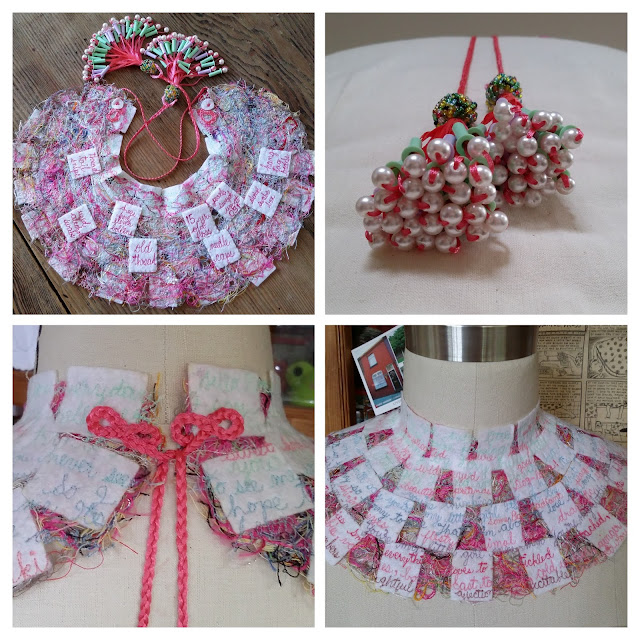Thank you, dear Mother, for the jars.
I get a particular thrill thinking this one may have been filled with blue, sweet pickles, made with love and driven all the way from Saskatchewan, through the Rockies, to our cupboard in the laundry room. Linda and me running to the kitchen window all day long to see if they were here, yet.
Maybe this one held concord jelly, from our garden in Kamloops - vines planted by the lady who lived there before us; and the map she left behind to show what was where: grape, rhubarb, sour cherry, lilac: must have been hard for her to leave.
Who made that blackberry jelly in 2003?
What apron was worn, what house dress, what polyester slacks? What kitchen filled with steam, what view out the window, and who was there: laughter and sharing, or loneliness, bitterness and fear?
I like the connection to the past - not because I can't let go, but because it reminds me of who I am. I am like my mother/I am like my grandma: resourceful, capable, kind, brave, steadfast and fun.
The tomatoes are ripe; the jars almost ready. But they will just have to wait. Tonight I have something more important - a date with my son: wraps (his favourite), Chilliwack corn, the last three raspberries from the garden... after dinner a lesson on the computer. He has found his passion and he wants to share.
Going now: he's waiting upstairs.

























